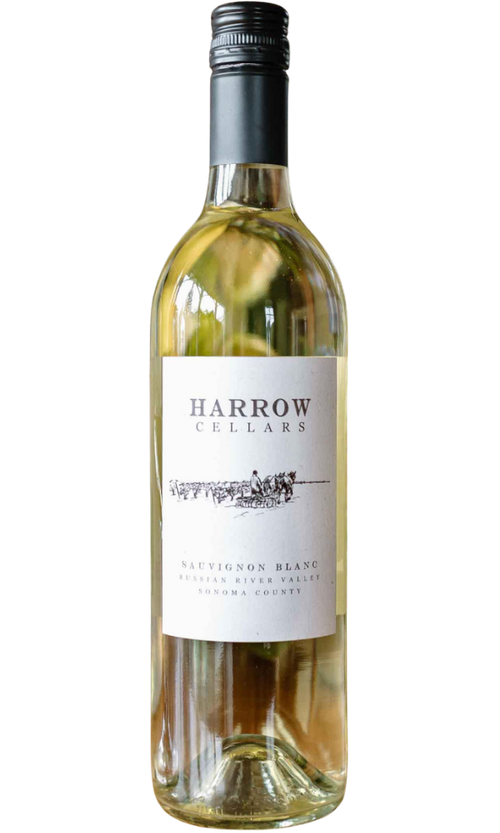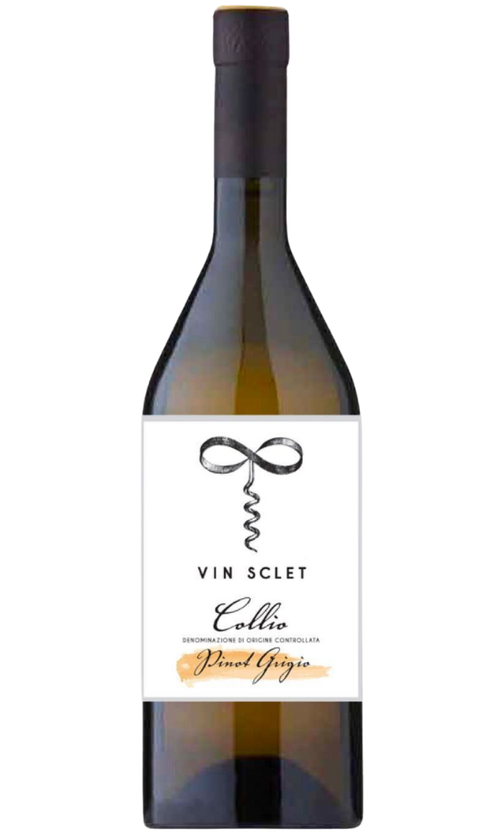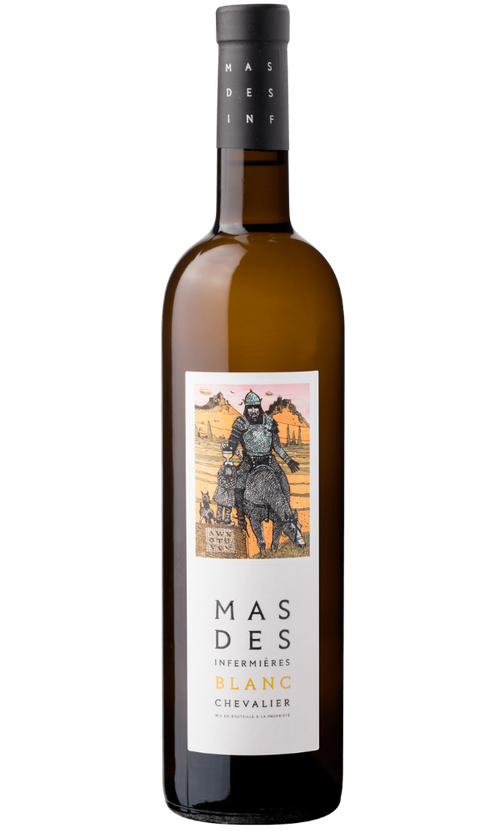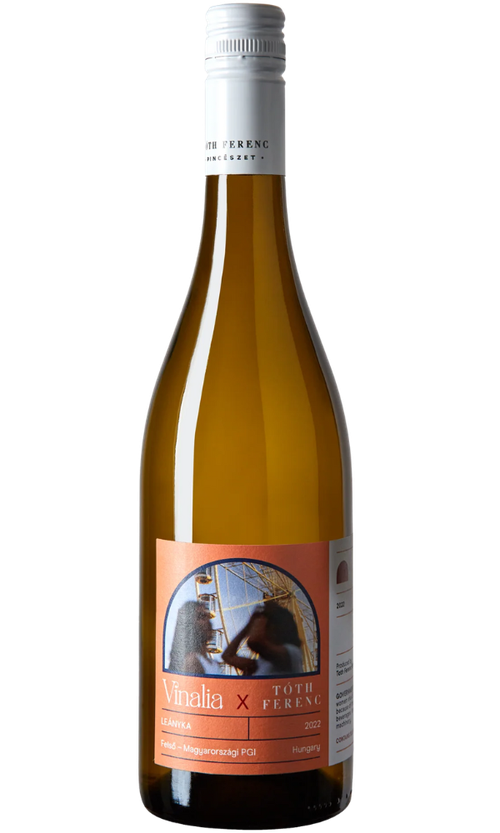
Wild coastal vineyard produces some of Chile's most distinctive Sauvignon Blanc

- 91 pts Wine Spectator91 pts WS
- Curated by unrivaled experts
- Choose your delivery date
- Temperature controlled shipping options
- Get credited back if a wine fails to impress
2023 Tabali Sauvignon Blanc Vetas Blancas Limari Valley 750 ml
| $18 | per bottle | |
- Curated by unrivaled experts
- Choose your delivery date
- Temperature controlled shipping options
- Get credited back if a wine fails to impress
Limestone Soils and Pacific Breezes
Chile is known for extreme vineyards, but Tabalí's are some of the country's absolute wildest.
When Tabalí started, there were no vineyards on these sites, just pastures and scrubland. But they recognized the potential of this wild, untamed terrain, and today, those gambles are paying off in wines that showcase a side of Sauvignon Blanc rarely seen outside of Chile's most dramatic coastal sites.
The 2023 Vetas Blancas Sauvignon Blanc comes from the Talinay vineyard in the Limari Valley, located just west of the Atacama Desert, the driest nonpolar place on Earth. The vineyard sits just 12 kilometers from the Pacific Ocean, next to the Fray Jorge National Park, in an area that UNESCO has declared a World Biosphere Reserve.
This proximity to the ocean is everything for white wines—constant cool sea breezes sweep across the vines, keeping maximum summer temperatures at a remarkably low 23.5°C and allowing Tabalí to harvest two or more weeks later than other coastal areas in Chile.
The vineyard is planted on south-facing limestone slopes at 150 meters elevation—a geological phenomenon unique in Chile. These limestone slopes are actually ancient marine terraces that have risen to the surface over millennia. The porous, fractured limestone allows vine roots to easily explore deep into the rock, which acts as a natural hydric regulator.
Winemaker Felipe Müller—a wunderkind with no shortage of accolades—has crafted a Sauvignon Blanc that captures the tension between the valley's desert heat and oceanic cool. The grapes are hand-harvested in late March into small 20kg bins to avoid any damage to the fruit, picked only when they've reached optimal aromatic and phenolic ripeness. After careful cluster selection, the wine is fermented in stainless steel tanks at low temperatures to retain all the freshness and purity of fruit. The wine is then aged entirely in stainless steel to preserve its vibrant, mineral-driven character.
You might also like these wines
- You're on page












